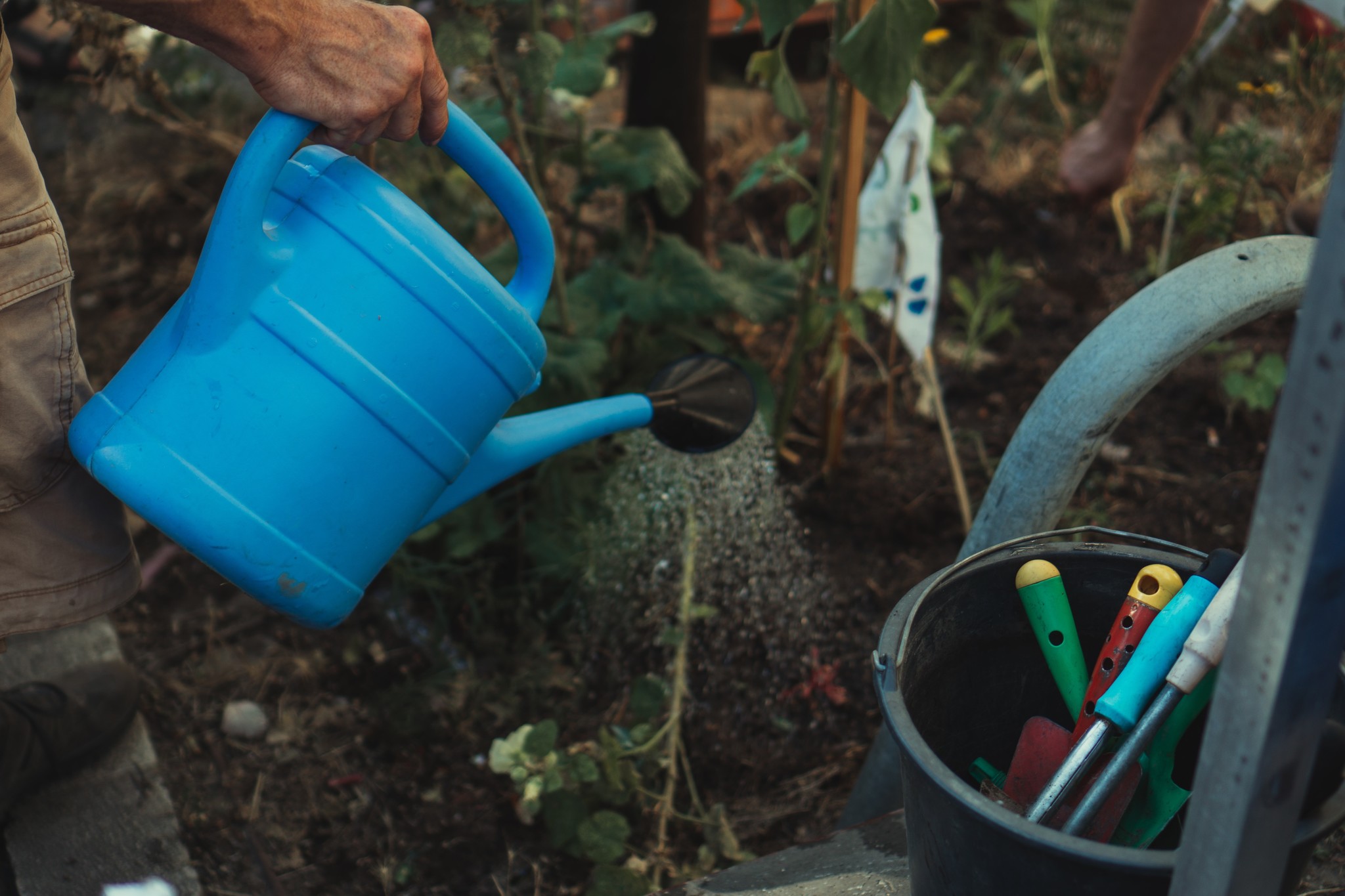Apply Biology with Compost Teas: Making Liquid Biological Amendments
- Posted on
- By The Biologic Team

Applying a correctly made compost tea solution can effectively increase soil biology leading to healthier plants, higher yields and decreased insect and disease pressure. This article outlines the two methods of creating compost tea solutions and explains the unique benefits of both. Scroll to the bottom of the article for links to the Biologic Systems’ compost tea recipes and an informational video on our compost tea brewers
Apply Biology with Compost Teas / Liquid Biological Amendments
Our team at Biologic Crop Solutions has conducted extensive research to better understand the most effective methods and materials for brewing compost tea extracts with exceptional soil and plant benefits. Thorough product testing has revealed many factors that influence the process of making successful compost teas. At BCS we rely on high-quality inoculants including humus, worm castings, and mycorrhizal products. To stimulate microbial reproduction, “food stocks” such as kelp and crab and shrimp hydrolysate are added. The liquid form of these ingredients can be easily applied to plants using root drenches and foliar sprays. Application quantity and timing vary depending on the crop and climate. Our team has adopted the following terms to describe the specific processes we recommend: “Active Compost Extract (ACE)” and “Actively Aerated Compost Extract (AACE)”.
Active Compost Extract vs. Actively Aerated Compost Extract
"Active Compost Extract” is made by releasing the clinging microorganisms and nutrients from high-quality compost into a container filled with water. Making ACE is an easy and efficient process; a batch of ACE can be made in about five minutes. First the compost is placed into a BioExtractor Bag. Then a mechanical or manual motion pushes the microbes and nutrients through the mesh into the water. Next, microbial foods (crab and shrimp hydrolysate, kelp, etc.) are added to the water. Once the extract is applied to the soil, the microbes consume the added foods and reproduce.
“Actively Aerated Compost Extract” (AACE) can be applied as a root drench or foliar spray and is the most effective way of applying biology to plant leaves and stems. Making AACE involves an additional step, often called “brewing,” that requires a specialized vessel. The AACE is aerated for an extended period allowing for aerobic microbial reproduction in the brewer. During the aerating (brewing) period, the microorganisms emerge from their dormant state and reproduce. As the microbes grow, they produce a slime layer (a “bio-glue”) around themselves that increases their ability to adhere to leaf surfaces when sprayed. AACE takes 12-24 hours to brew depending on the ambient air temperature.
Aerobic vs. Anaerobic Compost Teas
Every skilled grower knows the importance of oxygen penetration into the soil or growing medium. Almost all beneficial soil organisms prefer aerobic (oxygen rich) conditions. Anaerobic (low oxygen) organisms do exist in healthy soils, although in very small populations. Many anaerobes will produce toxic metabolic by-products such as alcohol and phenols. The easiest indicator of anaerobic microbial growth in a compost tea is the emergence of a foul smell.
The potential for brewing anaerobic or facultative (partially anaerobic) compost tea makes compost extract a more practical method for small-scale growers. The BioBrewer design ensures aerobic conditions are always maintained.
Inoculum-Grade Compost is Essential
The quality of all compost extracts results from the grade of compost used. Compost (worm, thermal, static, or humus) quality is a function of the diversity and biomass of beneficial micrograms (nematodes, protozoa, fungi and bacteria) per gram found in the finished compost. Inoculum-grade composts contain billions of microorganisms including thousands of different species per gram.
Testing of compost products is essential to assess compost biology. As composting methods and materials vary widely, microscope assessment is vital in determining microbial diversity and biomass.
Desired Microbiology in Compost
15+ µg active bacteria/gram
150+ µg total bacteria/gram
10+ µg active fungi/gram
150+ µg total fungal biomass/gram
50,000 or more protozoa/gram
20 to 100 BENEFICIAL nematodes/gram
Fungal hyphal diameters 2.5 micrometers or greater
(values express micrograms () or individuals per gram of compost)
Big Bubble Aeration
Most compost tea brewers use “air-stones” to produce small bubbles in the solution. The porous nature of an air-stone is inherently problematic. They are difficult to clean and often become a host site for the accumulation of anaerobic “bio-film”. BioBrewers utilize “Big Bubble Aeration”, the action of large bubbles provides excellent dissolved oxygen maintenance. By creating specific wave patterns that break the water surface tension, Big Bubble Aeration mixes the fluid completely, keeping valuable materials from settling on the bottom of the brewer and becoming anaerobic.
Learn more about Biologic Crop Solutions BioBrewers in this video.
Access the Biologic Systems ACE and AACE Recipes here.
Resources:
Vagg, Brian. Making Compost Extract and Tea. SoilFoodWeb.com. https://www.soilfoodweb.com/resources/soil-food-web-approach-videos/?vID=525025259&h=11f6b261ce
Elaine R. Ingham, PhD. The Compost Tea Brewing Manual. Fifth Edition. April 2005. Soil Foodweb Incorporated. https://forum.lepeuplier.ca/uploads/default/original/1X/f0bada96cecaa70408f5f4b11abeb64b163be032.pdf
